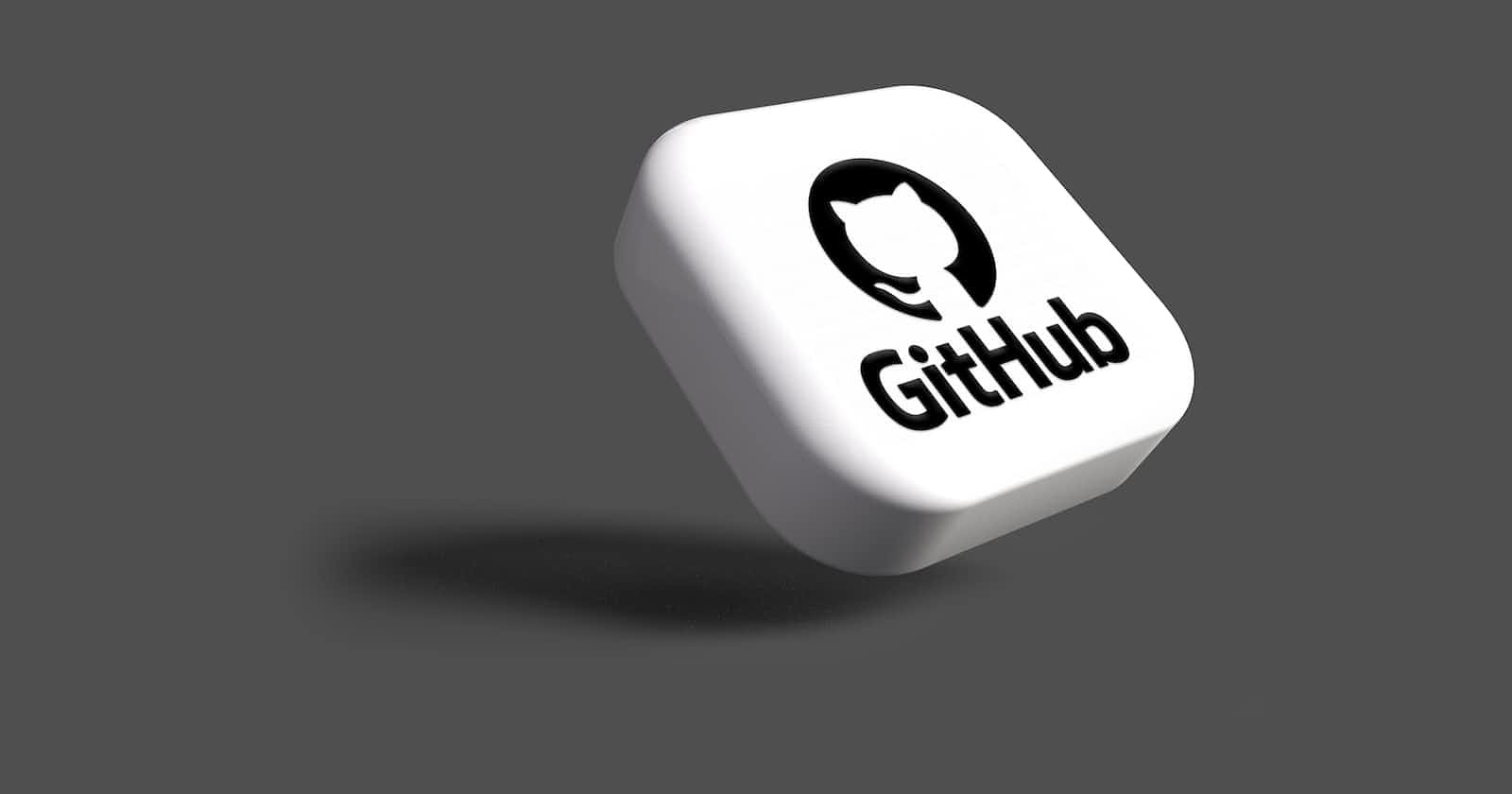
Photo by Rubaitul Azad on Unsplash
Effortlessly Automate Your Flutter Mobile App Builds and Deployments with GitHub Actions CI/CD
Wondering how to automate those tedious build processes on your flutter project? Here comes Github Actions
Table of contents
GitHub Actions is a powerful tool that can be used for Continuous Integration and Continuous Deployment (CI/CD) in software development. Flutter, a popular mobile app development framework, is no exception. In this article, we'll walk through how you can use GitHub Actions for CI/CD in your Flutter mobile app project.
First, let's define CI/CD. Continuous Integration (CI) is the practice of continuously testing and building your code as it's developed. Continuous Deployment (CD) is the practice of automatically deploying your code to a staging or production environment once it has passed testing. CI/CD helps developers catch issues early on in the development process and ensures that code is always in a deployable state.
Setting up GitHub Actions for your Flutter mobile app project is a straightforward process. You will need to create a workflow file in your repository's .github/workflows directory. This file will define the steps that GitHub Actions will take when triggered by a specific event, such as a push to your repository.
Setting up the GitHub Actions workflow
The first step in implementing CI/CD using GitHub Actions is to set up a workflow. A workflow is a set of automated tasks that run when certain events occur in your GitHub repository, such as a code push or a pull request. In this case, we want to create a workflow that runs whenever changes are pushed to the repository's main branch. Here's how to do it:
Create a
.github/workflowsdirectory in your Flutter project's root directory.Create a new YAML file in the
workflowsdirectory and name itflutter-cicd.yaml.Add the following code to the YAML file:

What it all means
Let's go through each section of this workflow file. The name of the workflow is "Flutter CI/CD", and it is triggered by a push event on the main branch. This means that every time someone pushes code to the main branch, GitHub Actions will run the defined steps.
The first job, "build", runs on an Ubuntu machine and has several steps. The first step uses the "actions/checkout" action to check out the repository. The second step uses the "subosito/flutter-action" action to set up the Flutter environment. You can specify which Flutter channel you want to use (in this example, we're using the stable channel). The next step runs "flutter pub get" to install dependencies, followed by "flutter test" to run unit tests. Finally, "flutter build apk" builds an APK file that can be deployed to a mobile device.
The last step in the "build" job uses the "actions/upload-artifact" action to upload the APK file as an artifact. This allows us to access the built APK file in the "deploy" job.
The "deploy" job also runs on an Ubuntu machine, but only runs if the push event was on the main branch. It has two steps. The first step uses the "actions/download-artifact" action to download the APK file artifact that was uploaded in the "build" job. The second step uses the "wakatime/track-action" action to track the deployment time for analytics purposes.
After all these has been done, you'll need to commit and push the new workflow file to your repository's main branch. Once pushed, GitHub Actions will automatically detect the new workflow and start running it on every push to the main branch.
It's important to note that this workflow assumes you're using GitHub to store your project's code and that you're building an Android app. If you're building an iOS app, you'll need to adjust the "flutter build apk" step to "flutter build ios".
Additionally, you can customize this workflow to fit your project's needs. For example, you might want to add a step to run integration tests or to deploy the built APK file to a mobile device or app store.
In conclusion, GitHub Actions CI/CD is a powerful tool for automating the building and deployment process of mobile apps. By integrating it into your Flutter mobile app project, you can save time and reduce the chance of human error while ensuring that your app is always built and deployed in a consistent and reliable manner.
Hope this helps😊

